

Max Davies
4 Days Ago

Senior Road Tester
Enter the word ‘Maserati‘ into Google and the results say “since 1914”. Do the same search for ‘Ferrari’ and it says “since 1948”. When it comes to heritage, the Italian brand is hard to beat.
And when it comes to racing, Maserati ruled for so many years with some of the most beautiful racing cars ever constructed.
The most famous is surely the 250F grand prix car, not just for its drop-dead gorgeous looks, but for the fact that legendary Formula 1 driver Juan Manuel Fangio drove the car to the 1957 world championship.

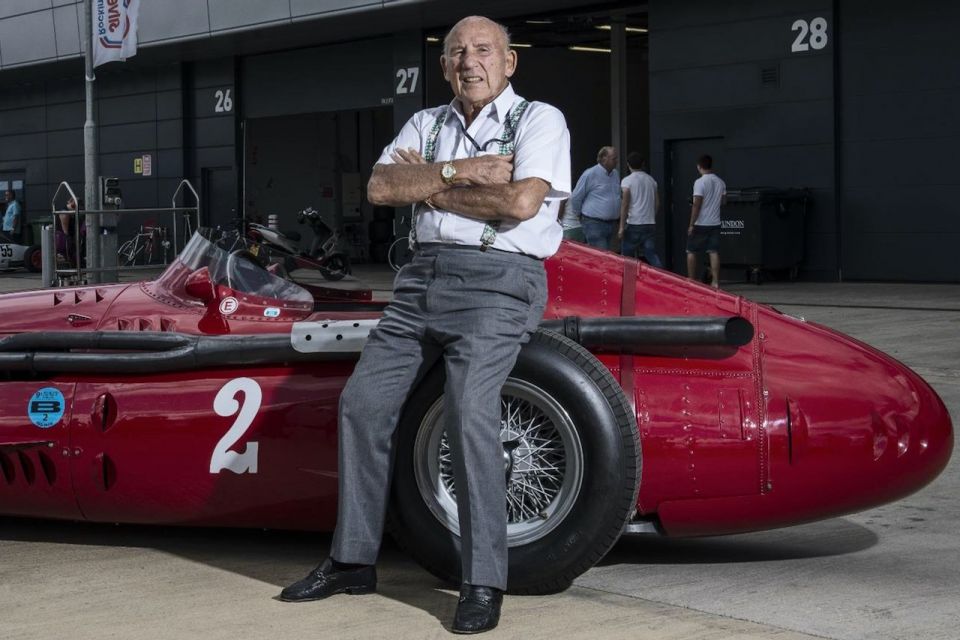
By all accounts it was a brilliant car. Powered by a 200kW straight-six engine and weighing just 650kg, the 250F could reach speeds of 290km/h.
In the hands of Fangio – as well as drivers such as Stirling Moss – it racked up a staggering 55 race wins against the likes of Mercedes-Benz, Ferrari, and Vanwall.
Most notable was the comeback charge by Fangio in 1957. It was his final win at the German Grand Prix, where he made up a 48 second deficit over 22 laps of thef fabled Nürburgring and passed race leader Mike Hawthorn on the last lap to take the win. In doing so he broke the lap record at the time a staggering 10 times.
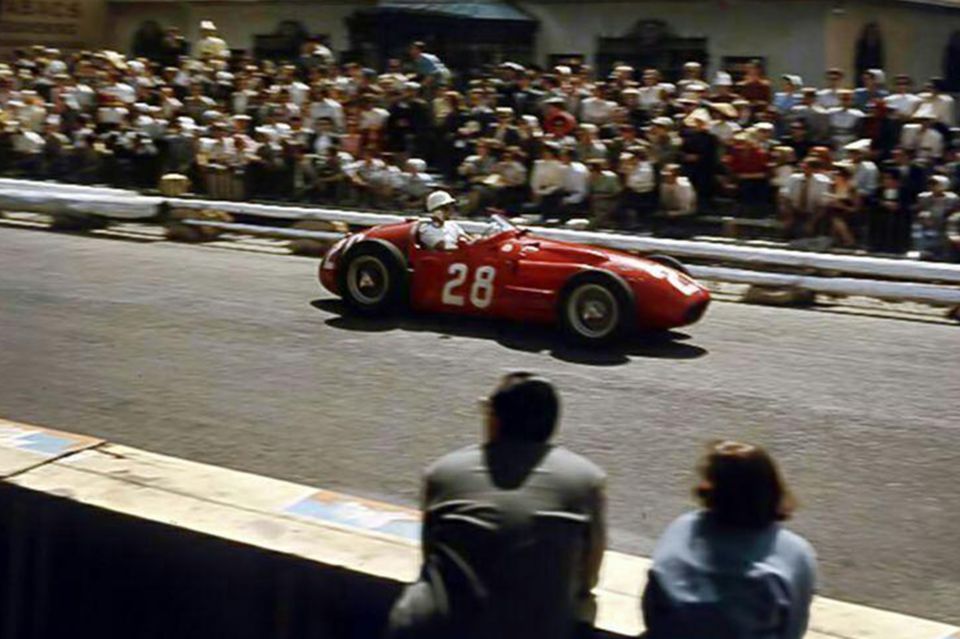
Maserati followed up with a string of magnificently-designed grand touring road cars such as the original Ghibli, designed by Giorgio Giugiaro for the Carrozerria Ghia. Launched as a coupe in 1966, a two-seat Spyder followed in 68.
With the Ghibli, Maserati had a car that outshone Ferrari road cars of the same era for its styling alone, let alone its performance. The range-topping 5000 SS was powered by a 4.9-litre V8 and had a top speed of 270km/h.
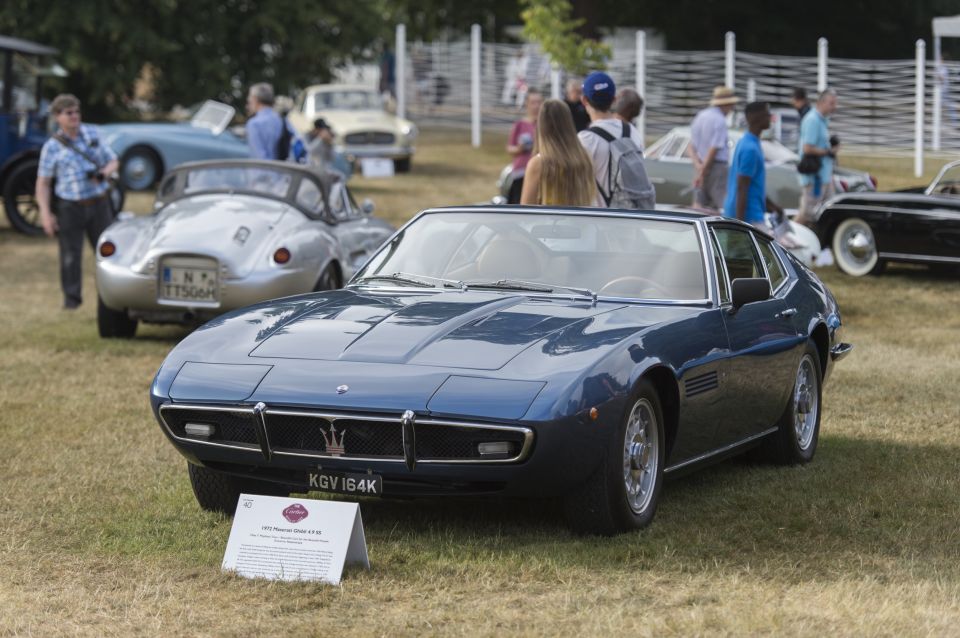
More head-turning sports cars from Maserati’s road car division followed with the likes of the Bora, Merak, and the stunning Kamsin and Kyalami through the ’70s – back when the brand was highly sought after.
The famous MC12 of 2004 marked a return to racing for Maserati after an absence of 37 years, and was based heavily on the Ferrari Enzo. It featured the same chassis, track, and gearbox but used a modified version of the car’s 6.0-litre V12 naturally aspirated engine.
MC stands for Maserati Corsa and, in the MC12’s case, the racer was developed side-by-side with the road car for homologation requirements, with some testing done by Michael Schumacher at Ferrari’s Fiorano test track.
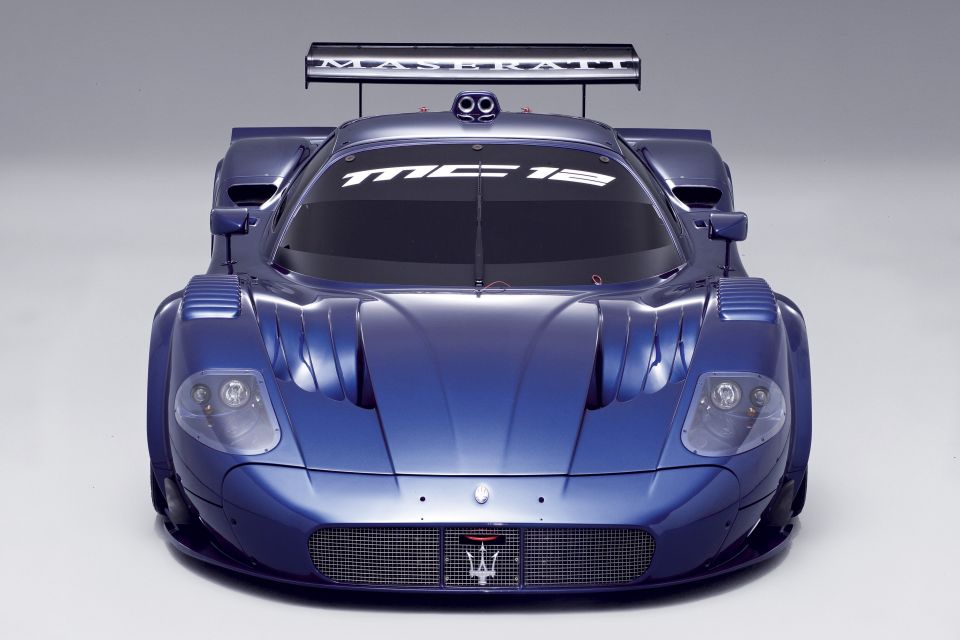
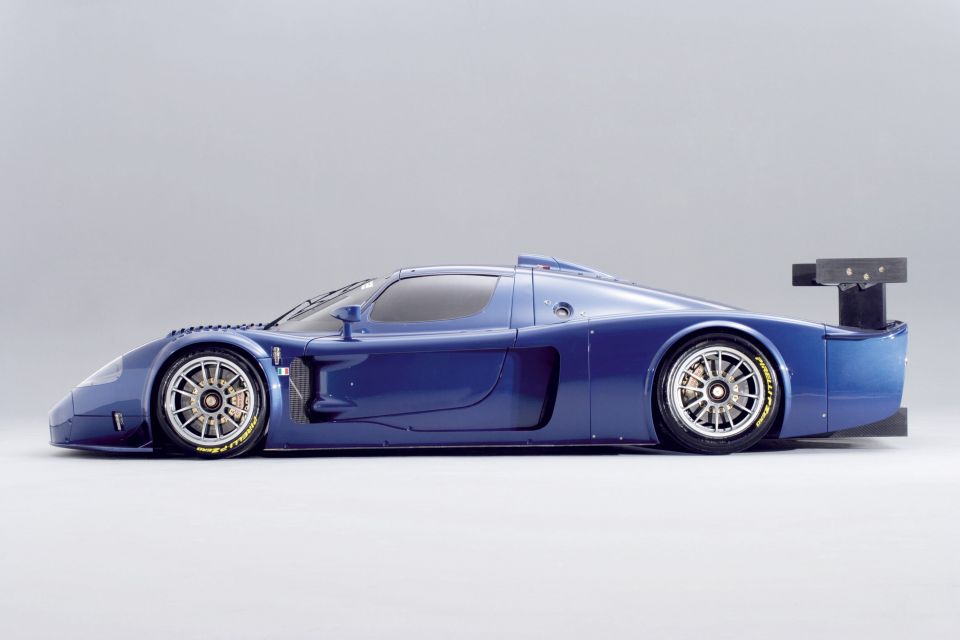
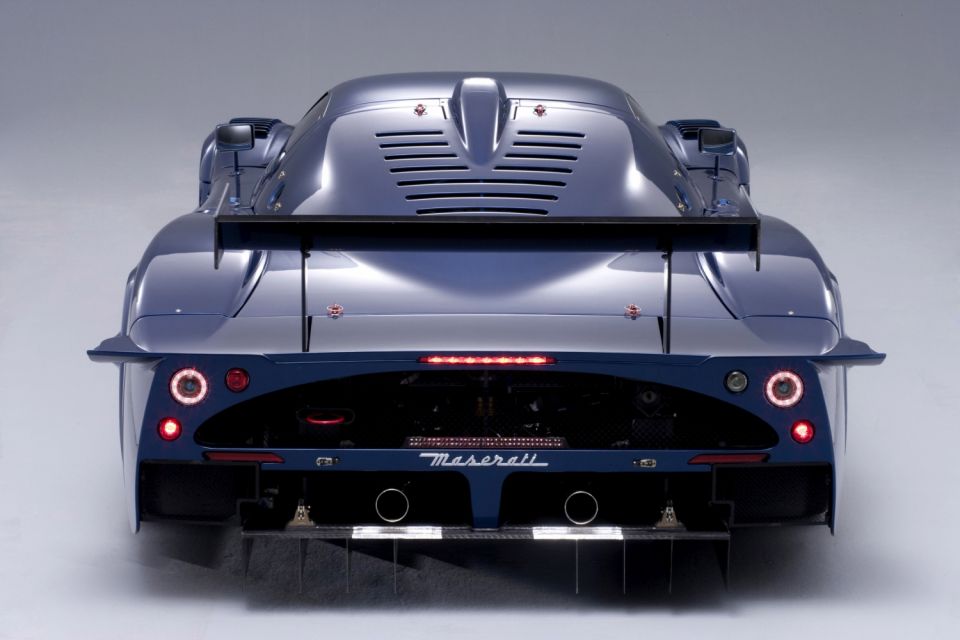
All of which brings us to 2020, where the Maserati range is dominated by four-door sedans and an SUV. The MC20 is coming to change that.
Maserati has already revealed its own ‘spy shots’ of the upcoming MC20. The launch was initially planned for May 2020, but that has been pushed back to September because of production delays caused by the Coronavirus.
The new mid-engined sports car will be produced at the Viale Ciro Menotti factory, using a new twin-turbo V6 with similar outputs to the 3.9-litre twin-turbo V6 in the Ferrari Portofino (441kW/760Nm).
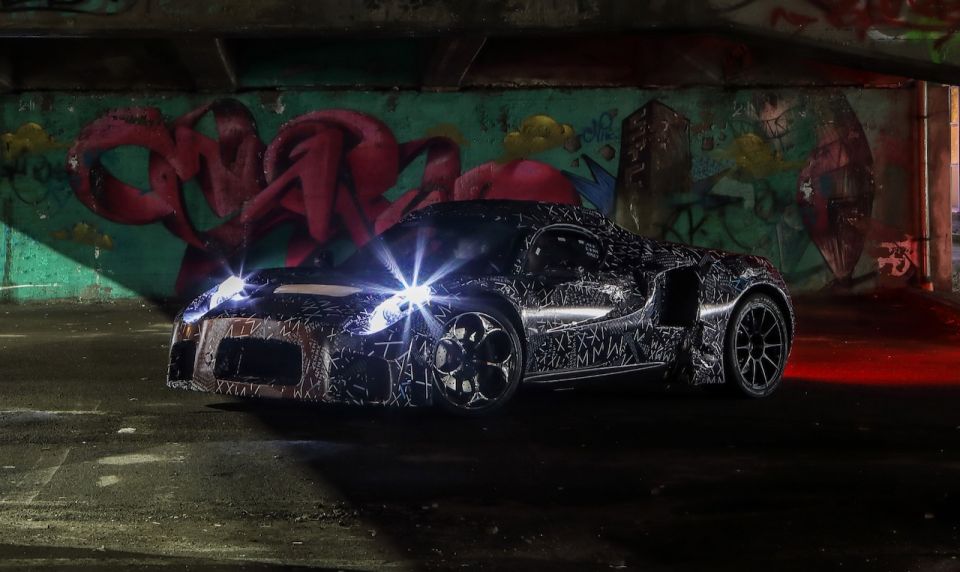
It’s interesting to note the Ferrari V8 from the F8 Tributo delivers a colossal 550kW of power and 770Nm of torque to the rear wheels from the same displacement.
That said, it would make more sense for Maserati to turn the wick up on the Ferrari-derived 2.9-litre twin-turbo V6 in the upcoming Alfa Romeo Giulia GTA – itself a lighter, more potent version of the Giulia Quadrifoglio.
Auto Italia reports engineers at FCA have been getting up to 590hp (440kW) from that engine for some time.
Reports also suggest there will be a more powerful Trofeo hybrid down the track, which will add electric motors to the front axle for more power and torque, along with all-wheel drive.
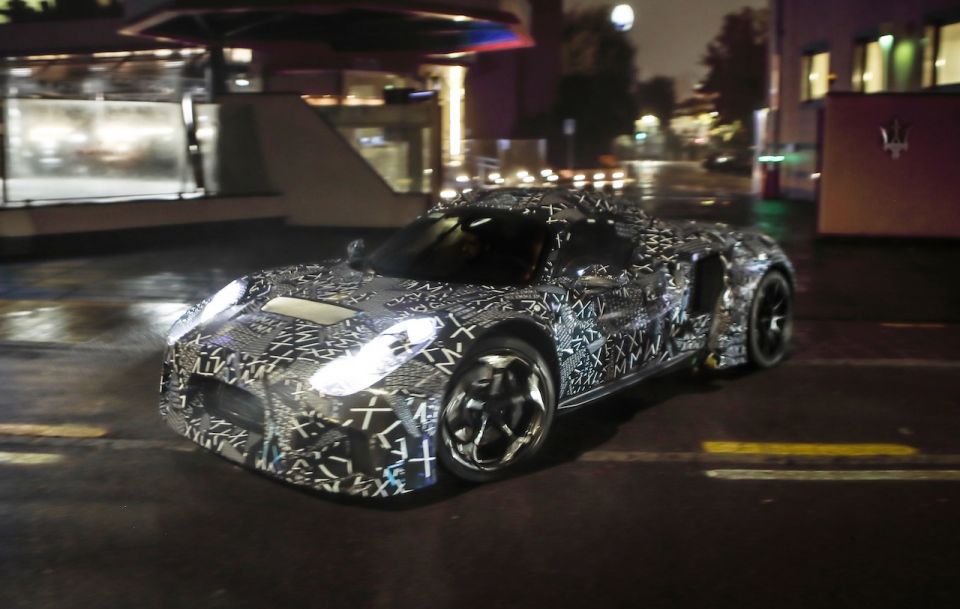
Information on the MC20’s chassis is scarce, but rumours suggest the car will use a modified version of the full carbon tub from the Alfa Romeo 4C.
It will need to be extended and widened to accommodate the MC20’s extra width and length if the spy pics are a guide.
Stay tuned for more on the MC20 in the lead-up to its launch.
CarExpert helps new car buyers save thousands with expert reviews, honest advice, and transparent pricing – no dealer pressure and no sales games.


Max Davies
4 Days Ago
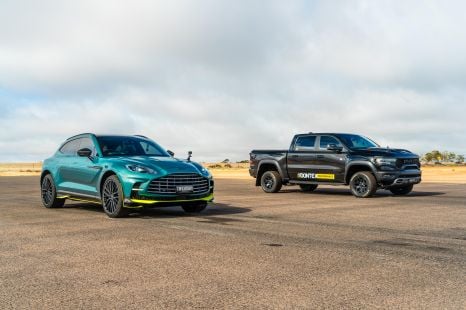

Paul Maric
4 Days Ago


William Stopford
4 Days Ago
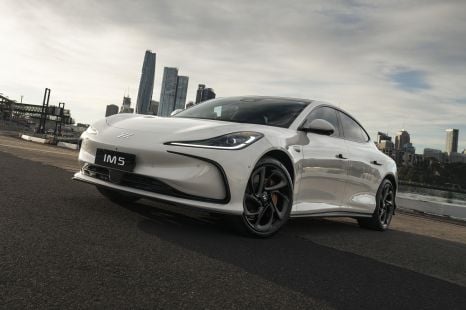

William Stopford
3 Days Ago


James Wong
2 Days Ago


Matt Campbell
20 Hours Ago